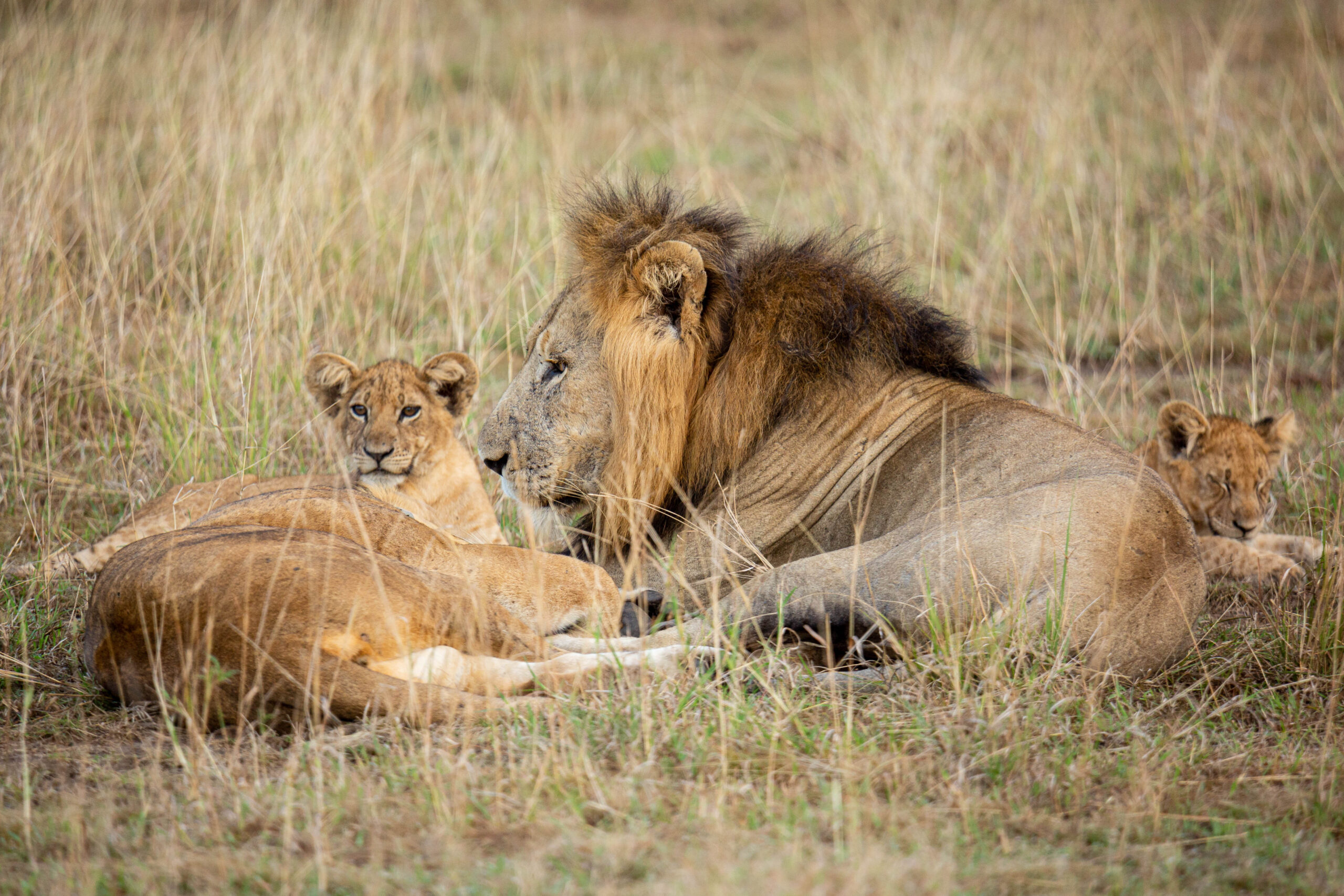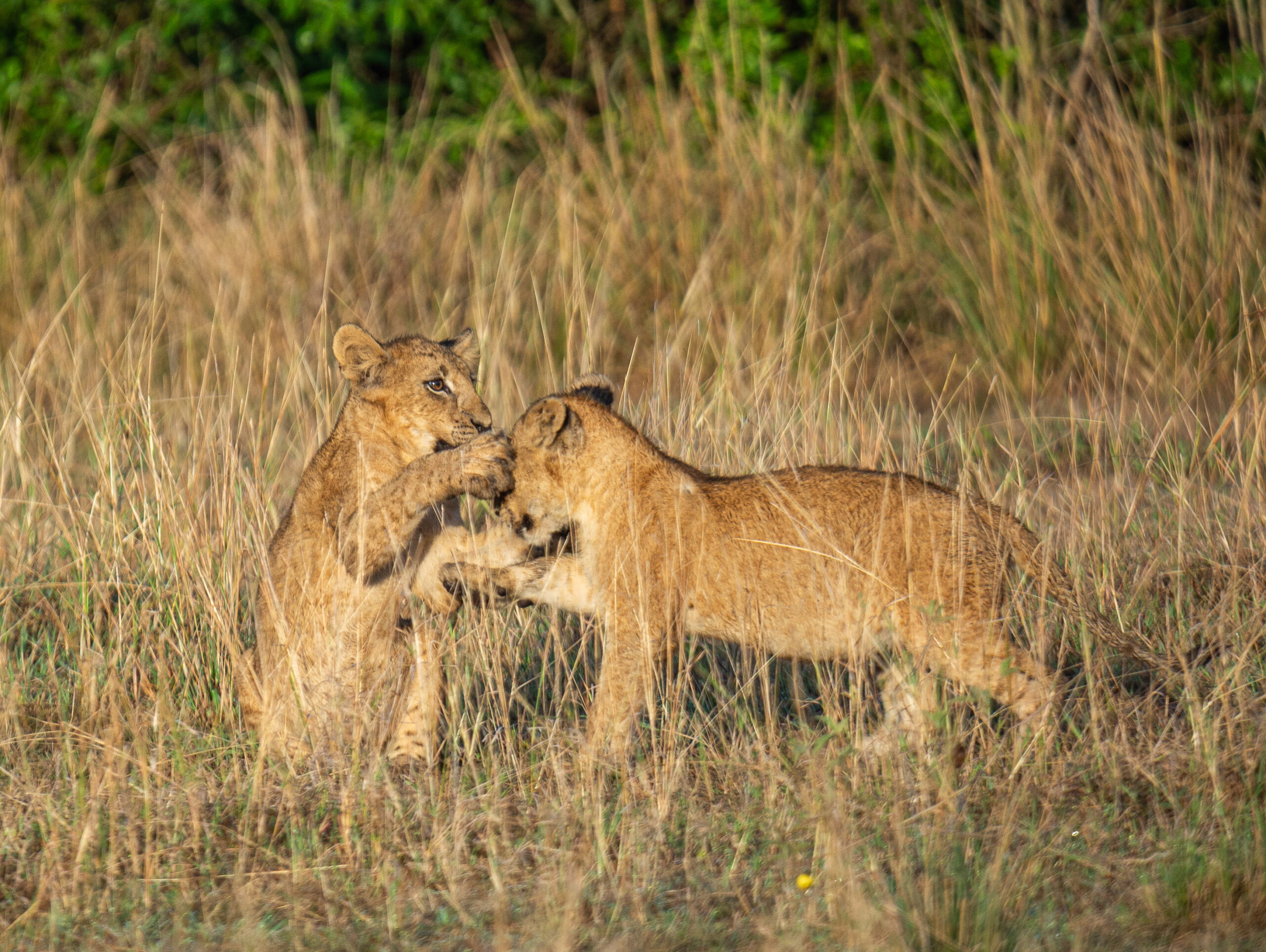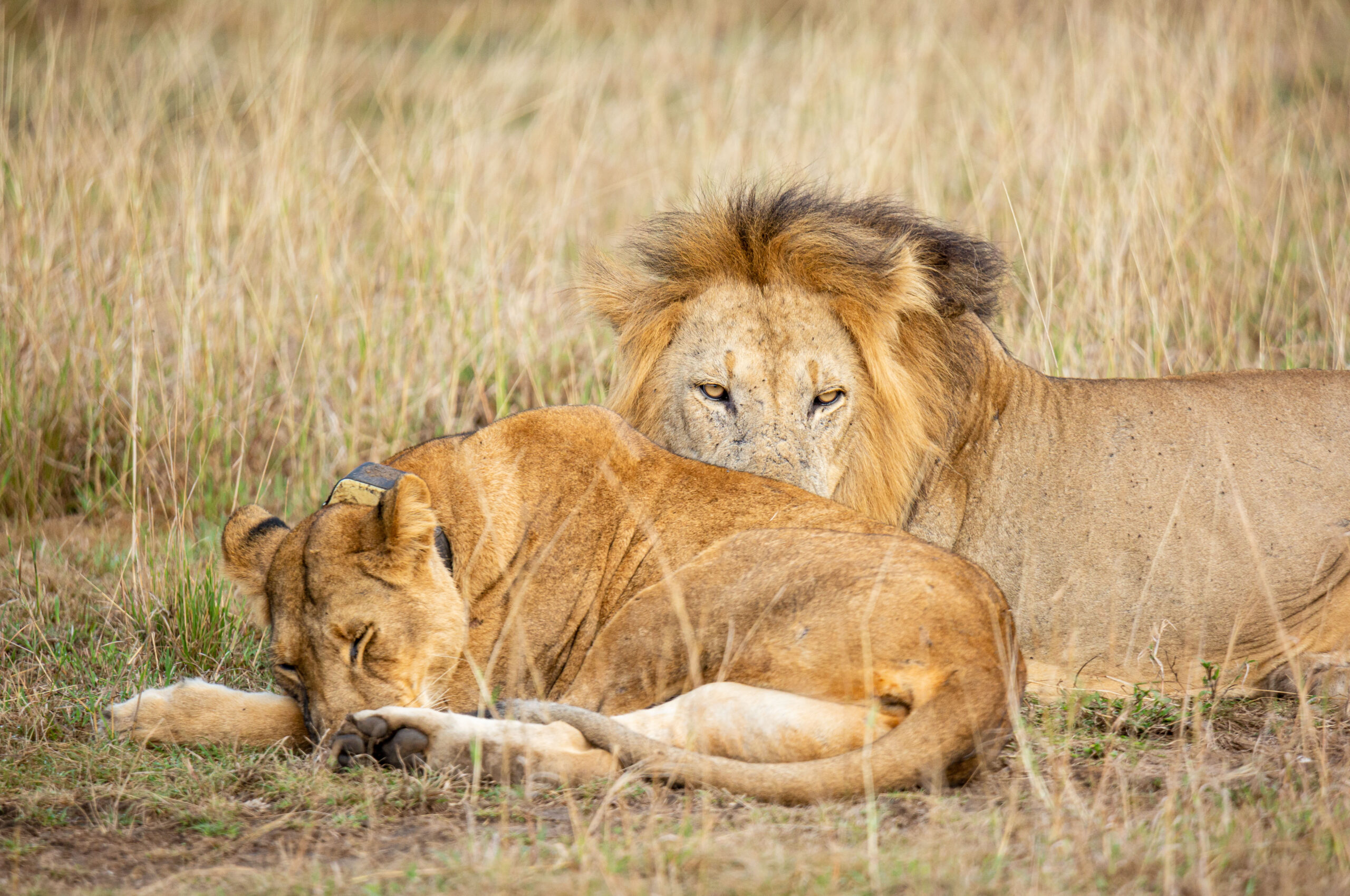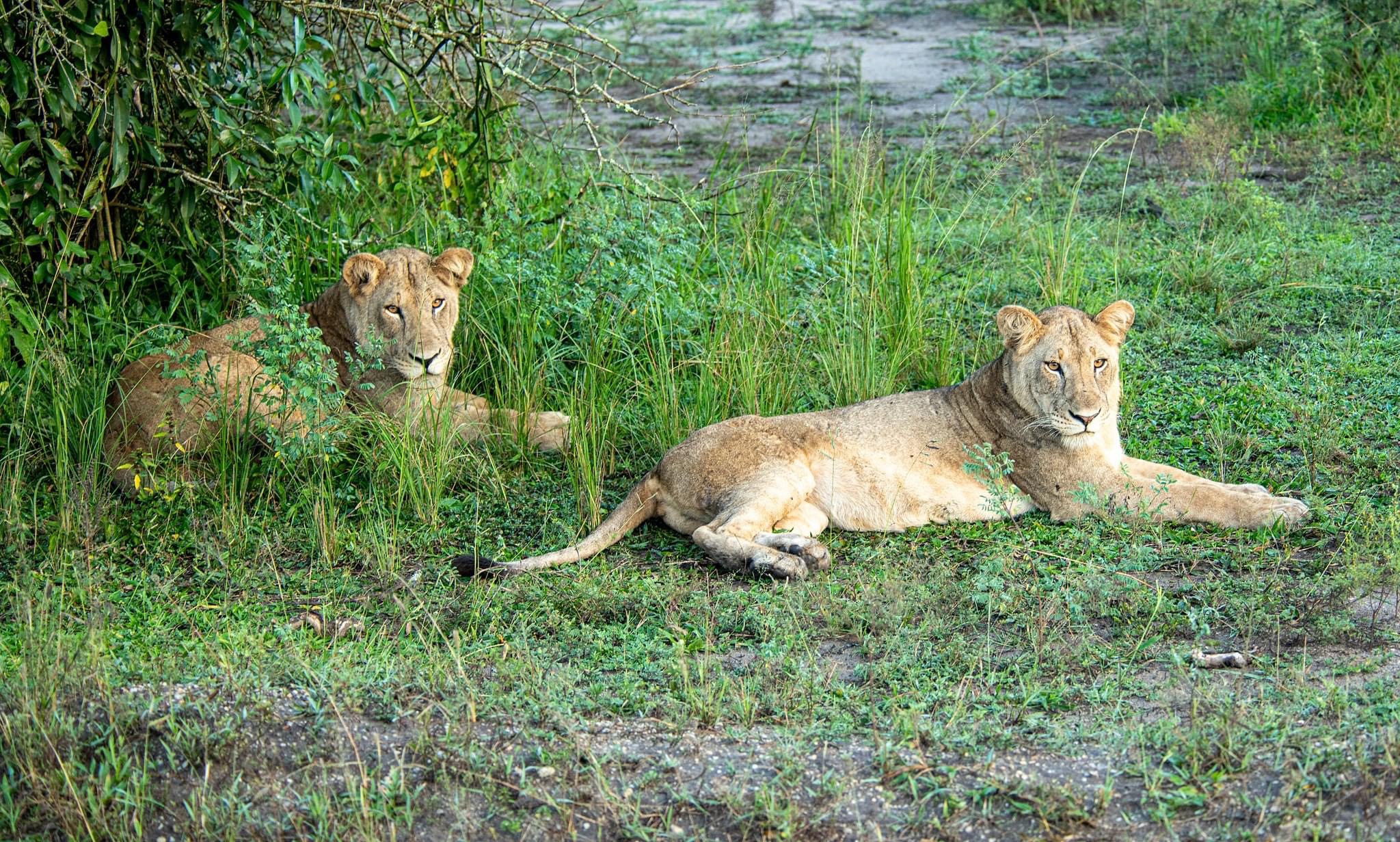Lions, Kings of the Savanna”, scientifically known as Panthera leo, is one of the most iconic and awe-inspiring creatures on Earth. Regarded as the “king of the Savanna”, these magnificent big cats are associated with power, strength, and royalty. Lions have captured the human imagination for centuries, appearing in mythology, art, and literature as symbols of courage and nobility. In this essay, we will delve into the fascinating world of lions, exploring their habitat, physical characteristics, social structure, behavior, and their significance in the ecosystem.

-
Habitat and Distribution:
Lions are native to the African continent and once ranged across vast regions from northern Africa to southwestern Asia and Europe. However, due to habitat loss and human activities, their distribution has significantly reduced. Currently, lions primarily inhabit sub-Saharan Africa, with small populations found in India’s Gir Forest National Park.
- Murchison Falls National Park
- Queen Elizabeth National Park
- Kidepo Valley National Park
- Amboseli National Park
- Masai Mara National Reserve
- Serengeti National Park
- Tsavo East National Park
- Tsavo West National Park
-
Physical Characteristics:
Lions are among the largest of the big cat species. Adult males, known as “males,” can weigh between 420 to 550 pounds (190 to 250 kg) and measure around 9 to 10 feet (2.7 to 3 meters) in length, including their tail. Female lions, called “lionesses,” are slightly smaller, weighing between 280 to 400 pounds (127 to 181 kg).
The most distinguishing feature of the lion is its magnificent mane, which is present in males but typically absent in females. The color of the mane ranges from blond to dark brown or black, and its size and density increase with age. The mane serves several purposes, including protection during fights and displays of dominance.

-
Social Structure:
Lions are highly social animals, living in family groups known as prides. A typical pride consists of related adult females, their offspring, and a few adult males. The lionesses usually stay within their natal pride throughout their lives, while young males are eventually driven out to form or join bachelor groups until they are strong enough to challenge other males and establish their own pride.
The pride’s social structure is essential for hunting and defense. Lionesses work together to stalk and bring down prey, while male lions defend the pride territory from intruders.
-
Behavior:
Lions are primarily crepuscular animals, meaning they are most active during dawn and dusk. They spend a significant portion of the day resting and conserving energy. Lions are skilled predators, capable of taking down a wide range of herbivores, including wildebeests, zebras, and antelopes. However, they are not above scavenging and will readily take advantage of carrion if the opportunity arises.
Communication is vital in the lion’s world. They use a range of vocalizations, including roars, grunts, and meows, to communicate with pride members over long distances. Roaring is especially significant, serving to proclaim territorial boundaries and establish their presence to potential rivals.

-
Conservation Status and Threats:
Despite their cultural significance and popularity among wildlife enthusiasts, lions face numerous threats to their survival. Habitat loss, human-wildlife conflict, poaching, and trophy hunting have led to a significant decline in lion populations. The International Union for Conservation of Nature (IUCN) currently lists lions as “Vulnerable” on their Red List of Threatened Species.
Efforts to protect lions and their habitats include creating protected areas, implementing anti-poaching measures, and promoting responsible tourism. Additionally, raising awareness about the importance of lions in their ecosystems can contribute to their conservation.
-
Ecological Importance:
Lions play a crucial role in their ecosystems. As apex predators, they help regulate the populations of herbivores, preventing overgrazing and maintaining the balance of the ecosystem. Their presence influences the distribution and behavior of prey species, which, in turn, affects vegetation patterns and nutrient cycling.

Conclusion:
The lion’s majestic presence and powerful symbolism have left an indelible mark on human history and culture. As the “kings of the savanna,” lions embody strength, nobility, and the delicate balance of nature. To secure their future, it is imperative that we continue to work together to conserve their habitats and protect them from the numerous threats they face. Only then can we ensure that these magnificent creatures continue to roam the African savanna, inspiring awe and admiration for generations to come.







